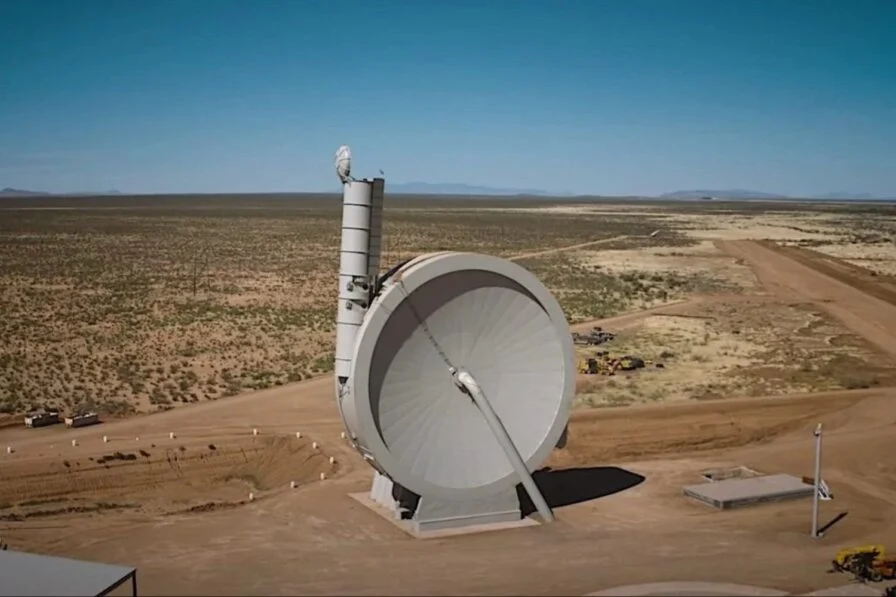SpinLaunch just proved that satellites are a lot more sturdy than one would think. In its pursuit of catapulting payloads to space, the California-based startup recently accelerated a small satellite under extreme gravitational forces, using minor tweaks, and a little bit of glue, to keep it together.
In a recent demonstration, SpinLaunch tested an off-the-shelf satellite with a few ruggedized components for the first time, spinning it to 10,000Gs inside a lab to prove that the spacecraft can survive mass acceleration. This marks a major milestone for the company, which is seeking to build a groundbreaking centrifugal launch system that can deliver small satellites to low-Earth orbit.
“For prospective launch customers, [the demonstration] serves as a valuable engineering case study and helps to answer the common question of how to build a satellite for SpinLaunch,” Sev Sandomirsky, director of satellite programs at SpinLaunch, told Gizmodo in an email. “This testing serves as the foundation for the development of a wide variety of payloads, including the satellites that enable critical science and power the global economy.”
For the test, SpinLaunch partnered with Portland State University’s open-source CubeSat program, OreSat. The space startup made a few design adjustments to the small satellite; notably, SpinLaunch engineers rotated the battery cells so they acted as pillars, supporting their own weight along their long axis, and added a little bit of glue behind the cells. The team of engineers also upgraded the structure of the satellite from Aluminum 6061 to Aluminum 7075, known for having more strength, and reinforced larger parts of the circuit boards to minimize stress on sensitive components. “While relatively minimal, these core adjustments ensured the satellite’s structural compatibility for SpinLaunch,” Sandomirsky said.
Surprisingly, the 1U CubeSat used for the demonstration required a small number of modifications to survive 10,000Gs. “A compelling finding from our years of testing satellite subsystems in our accelerator is that many parts of modern satellites are already capable of withstanding the high-g environment,” Sandomirsky added. “We don’t claim that every component or every technology can survive our launch environment, but we have proven that high-performance, cost-effective satellites can be launched with our launch system.”

